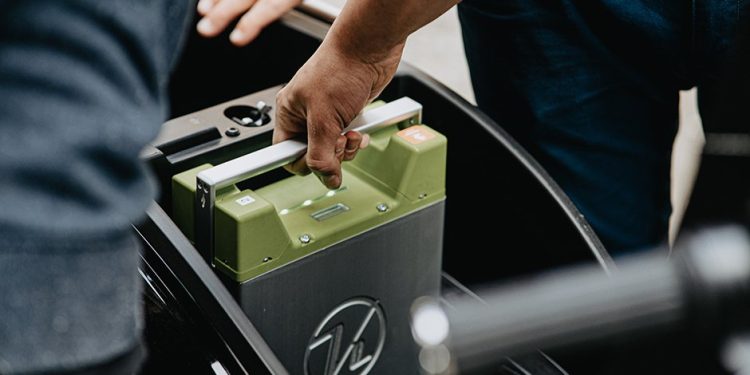Swappable batteries motorcycle consortium is all go
Words: Peter Louisson
Earlier this year Honda, KTM, Piaggio and Yamaha agreed in principle to establish an international business making swappable batteries for motorcycles. They have now inked the deal which essentially allows each of these major motorcycle makers to move ahead with the development of their emissions-free two-wheelers.
This Swappable Batteries Motorcycle Consortium (SBMC) is different from the one that Kawasaki, Suzuki, Honda and Yamaha have already established in Japan which facilitates the development of electric motorcycles in the home market. Together, however, it means that design and engineering of new emissions-free two-wheelers can now begin in earnest, knowing that there will be a battery infrastructure established to support the operation of these new environmentally friendly machines.
Electric motorcycles are at a distinct disadvantage when it comes to power and range because with current battery technology the packs above about 10-15kWh carry with them a weight penalty that not only affects handling but also range.

With motorbikes, less is more, so the way around this conundrum is to make smaller battery packs that take next to no time to charge, or to change out. By having them already fully charged and easy to swap in and out, the whole process of a top-up is made that much easier. It should take no longer to swap a battery pack than to fill a gas tank. This will not necessarily overcome the range anxiety issue that afflicts smaller batteries but providing the swap packs are readily available it’s merely a matter of deciding ahead of any trip where the battery stop waypoints will be.
The firms behind the consortium don’t just see their swappable batteries being used by motorcycles but also by any of the urban disruptors like scooters, mopeds, trikes and quadricycles. Moreover, when the battery packs are expended they can be handled in an environmentally sustainable manner. The consortium believes that “the availability of a commonly developed swappable battery system is key to the development of low-voltage electromobility.”

The consortium has four primary goals in mind: develop common technical specifications for the swappable battery systems; confirm common usage of the battery systems; promote these common specifications as a standard within the relevant European and International bodies; and expand the use of the consortium’s common specification to a global level.
By working with National, European and International standardization bodies, the consortium members will participate in the creation of international technical standards, and the development and deployment of a charging infrastructure.

The four founding members encourage all interested parties to join the cooperation, ensuring a large range of standard swappable batteries is available in future.
All four members said the signing of the agreement means they can continue to design, innovate and advance the vision for electric powered two-wheelers, and that swappable battery technology will help make that possible.
The Japanese big four have agreed upon a size and weight and presumably capacity for the battery packs they intend using in the domestic market. As for the SBMC, all we know at present is that they will be 48v (low voltage) batteries.





